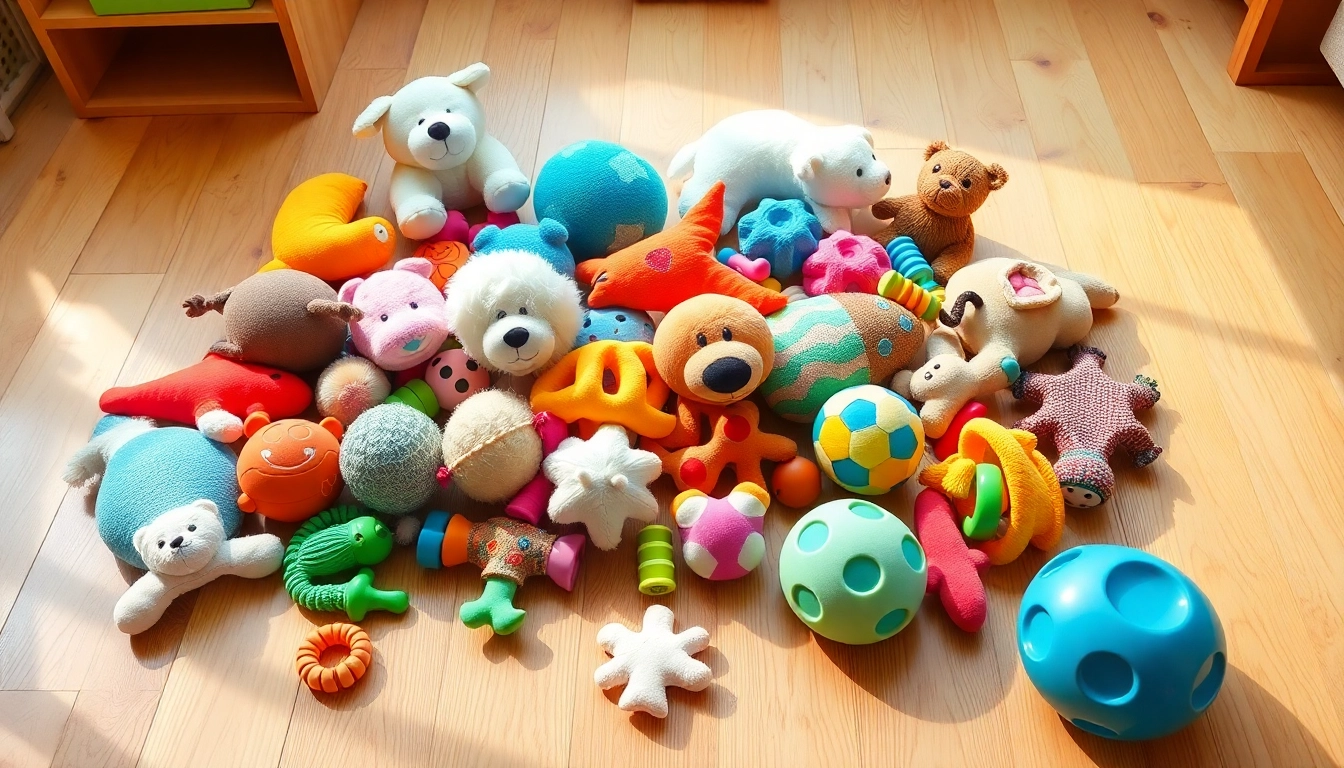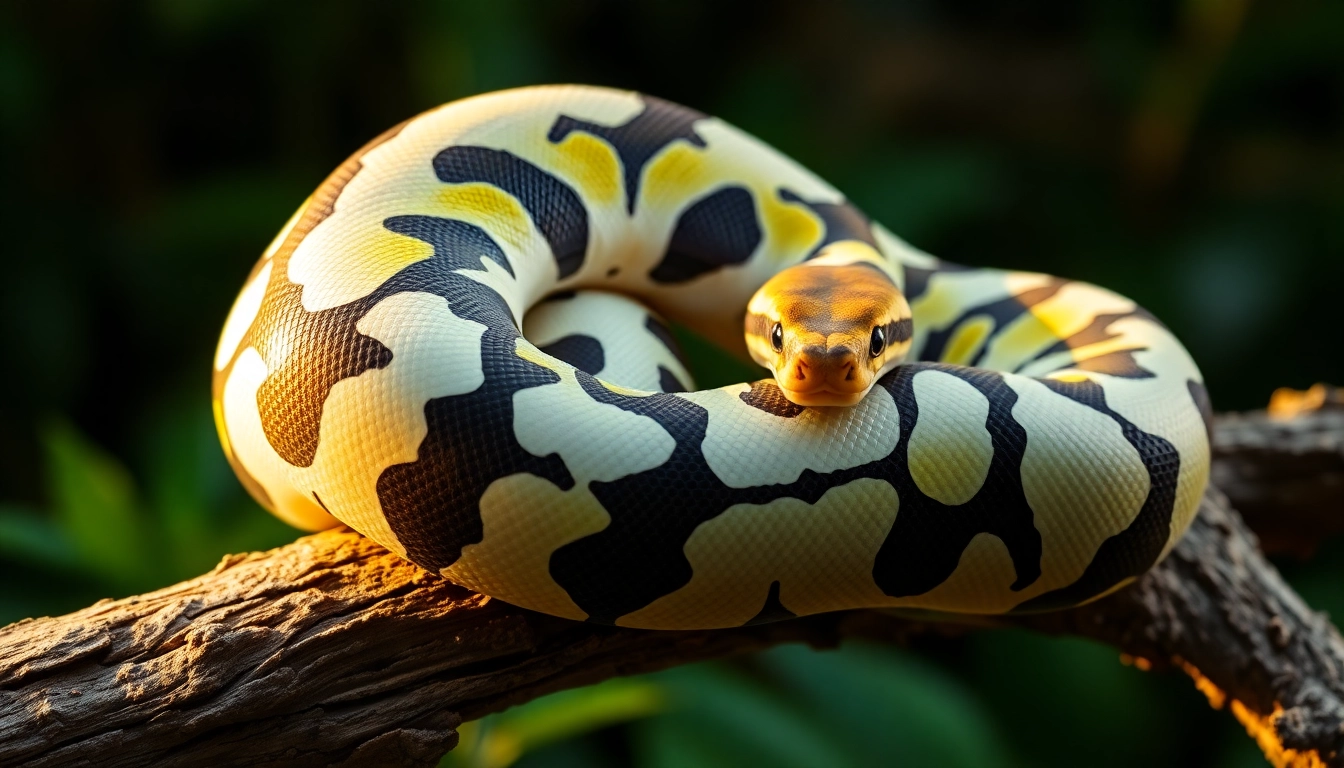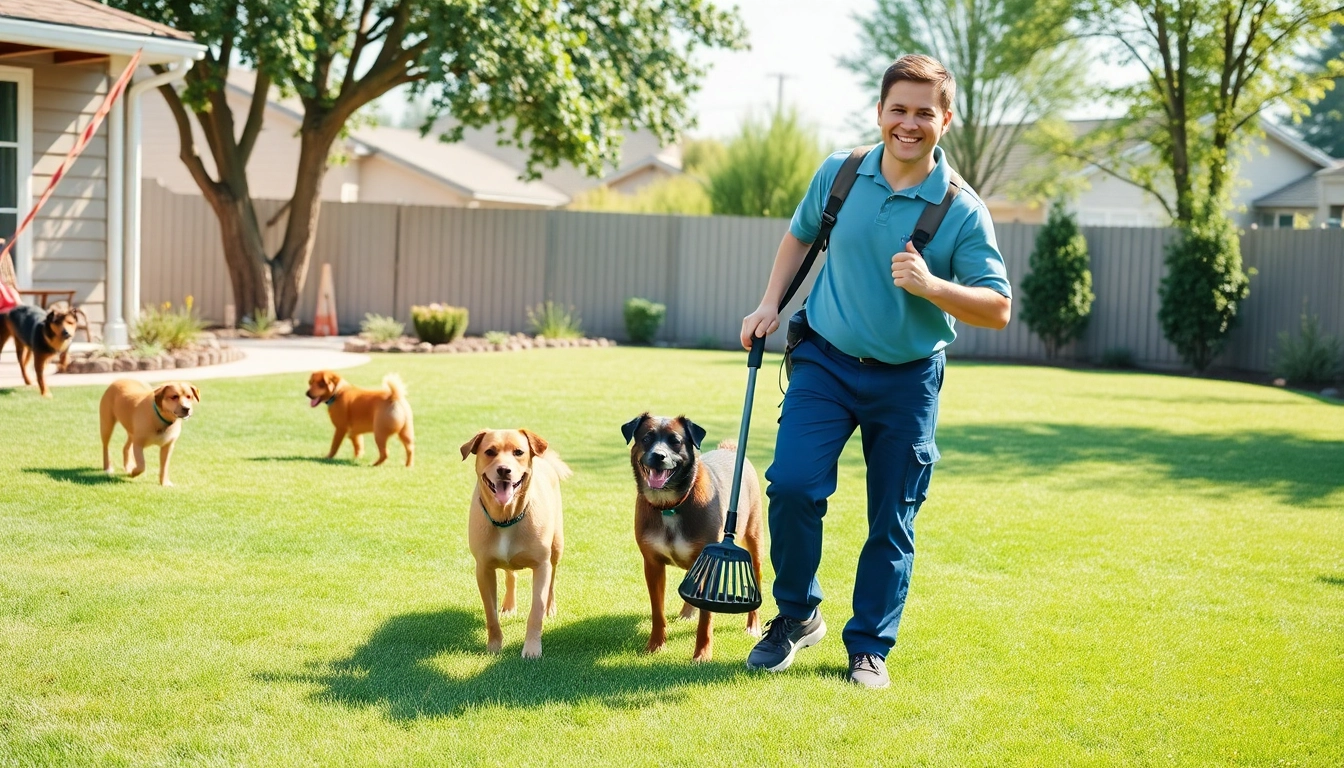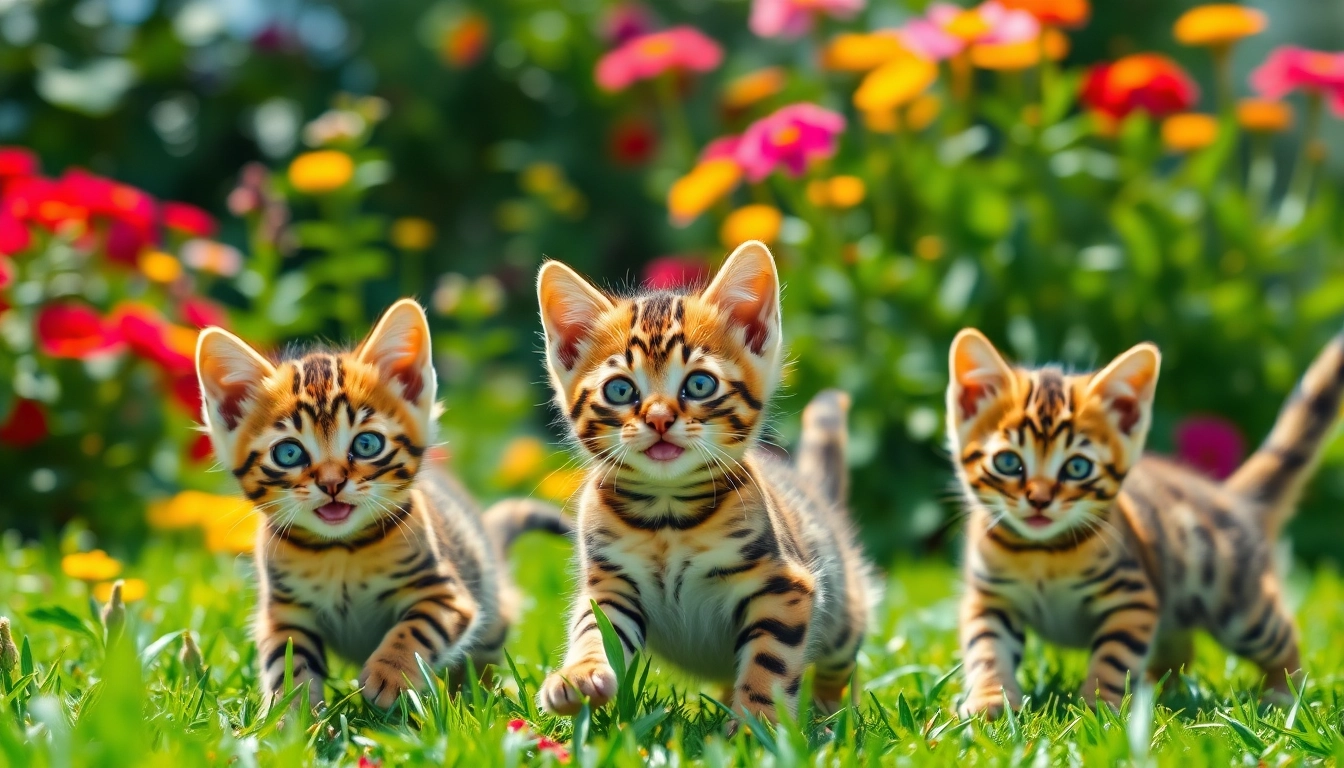Understanding the Importance of Pet Toys
Pet toys are not merely playthings; they are essential components of a pet’s life that enhance their physical and mental well-being. Engaging your furry friend with appropriate toys can drastically improve their health, keep them entertained, and strengthen the bond between pet and owner. When selecting toys, it’s crucial to consider various factors that align with your pet’s needs. Pet toys come in various forms—each with specific purposes, benefits, and qualities that cater to both cats and dogs.
Why Pet Toys Matter for Your Pet’s Well-being
Just like children, pets need stimulation to grow and thrive. Toys serve critical purposes in your pet’s daily routine:
- Physical Exercise: Regular playtime with toys fosters physical health, preventing weight gain and obesity through active play.
- Mental Stimulation: Toys designed for puzzles or interactive play can challenge your pet’s thinking, helping to keep their minds sharp.
- Stress Relief: Chewing or playing with toys can help reduce anxiety and stress, particularly in anxious pets.
- Behavioral Calmness: Toys offer an outlet for natural instincts, from chewing and hunting to pouncing, all of which can curb disruptive behaviors like scratching or barking.
The Role of Toys in Behavioral Development
Understanding a pet’s behavioral development is fundamental to selecting the appropriate toys. Puppies and kittens, for example, go through critical development stages where their play significantly shapes their behavior. Toys can help:
- Develop Motor Skills: Regular interaction with toys aids in developing coordination and dexterity in young pets.
- Socialization: Playtime potentially helps pets learn social cues from others, fostering better interactions.
- Decrease Aggression: Regular, constructive play can reduce aggressiveness by channeling energy into positive outlets.
How Playtime Enhances the Human-Pet Bond
Engaging with our pets through interactive play strengthens the human-animal bond. When you invest time in play, you are not merely a provider of food and shelter; you are also a loving companion. These interactions promote:
- Trust: Pets that see their owners engaging positively with them are likely to feel safe and secure.
- Communication: Playtime presents opportunities to read body language and understand needs.
- Affection: Through play, you can consistently show affection, fostering a deeper emotional connection.
Types of Pet Toys Available
The variety of pet toys on the market caters to diverse play styles, preferences, and needs. Knowing the types can help you pick the best options for your furry friends.
Interactive Toys: Keep Your Pet Engaged
Interactive toys encourage your pet to think and play. They may include puzzles that require your pet to solve tasks in order to receive a reward, like treats. Some popular options are:
- Puzzle Feeders: They stimulate mental activity as pets figure out how to transfer the food from hidden compartments.
- Remote-Controlled Toys: Great for dogs, these activate your pet’s chasing instincts and help burn off excess energy.
- Laser Pointers: Particularly appealing to cats, these toys encourage them to exercise through chasing and pouncing.
Chew Toys: Satisfying Natural Instincts
Chew toys help satisfy the natural urge to chew, especially in puppies or heavy chewers. These toys come in various forms, including:
- Rubber Toys: Highly durable and ideal for dogs of all sizes, they can also have treat compartments.
- Rawhide Chews: While popular, ensure they are from reputable sources to avoid harmful additives.
- Dental Chews: Great for cleaning teeth while being fun to chew on, aiding both play and oral health.
Plush and Soft Toys: Comfort and Security
Soft toys often provide comfort, especially for puppies and kittens. They can give a sense of security, particularly when pets are left alone. Consider:
- Stuffed Animals: Especially great for companionship, they can also be interactive with squeakers inside.
- Blankets: Coupled with soft toys, blankets can provide warmth and assurance during nap time.
- Affectionate Play: Many pets will cuddle and nurture their toys, which can be beneficial for emotional development.
Choosing the Right Pet Toys for Your Animal
Selecting the right toys involves understanding your pet’s unique needs. Factors to consider include their size, age, and activity level.
Factors to Consider: Size, Age, and Activity Level
When selecting toys, it’s crucial to match them to your pet’s characteristics:
- Size: Small pets may require correspondingly smaller toys to prevent choking hazards, while larger breeds may need durable toys that withstand aggressive chewing.
- Age: Puppies might benefit from softer toys for teething, whereas older pets may require toys designed for gentle play.
- Activity Level: Active pets need stimulating toys, while less active pets may enjoy comfort toys.
Safe Materials: What to Look For
Understanding materials can help ensure that toys are safe for your furry friends:
- Non-toxic: Always opt for toys free from harmful substances, including lead-based paints and plastics.
- Durability: Choosing toys that can withstand your pet’s play style reduces choking hazards and promotes safety.
- Natural Materials: Opting for eco-friendly toys made from cotton, jute, or wood can be a sustainable choice that also provides peace of mind.
Personalized Recommendations for Different Breeds
Different breeds come with varying needs. For example:
- Labradors: They thrive on durable chew toys due to their powerful jaws.
- Chihuahuas: Plush toys are ideal as they offer comfort and are easy for small mouths to hold.
- Terriers: Active and energetic, they love interactive puzzle toys that stimulate their clever minds.
DIY Pet Toys: Fun Projects for Pet Owners
For the crafty pet owner, creating a DIY toy can offer a unique bonding opportunity while saving money. Here are some ideas:
Simple Materials to Use for Homemade Toys
Many common household items can be repurposed into mentally stimulating toys:
- Old T-shirts: Cut into strips for tug-of-war toys—strong, soft, and lovely for your pet!
- Socks: Stuffed socks can serve as squeaky toys—just insert a squeaker or crinkly paper for sound.
- Cardboard Boxes: These can be turned into maze-like structures for adventurous exploration.
Creative Ideas for Upcycling Household Items
Repurposing items not only helps the environment but also offers engaging playtime solutions:
- Water Bottles: Empty plastic bottles can become crinkle toys; just make sure to remove any plastic labels before giving them to your pet.
- Plastic Containers: Can be made into treat-dispensing toys; just cut small holes for treats to fall out.
- Yarn Balls: Perfect for cats—ensure high supervision to avoid ingestion hazards!
Safety Tips to Ensure Playtime is Safe
While making your toys, remember these safety tips:
- Check for Small Parts: Avoid using elements that can easily break off, posing choking hazards.
- Age Appropriateness: Ensure the toy is suitable for your pet’s age and chewing level.
- Regular Inspection: On-the-go toys should be checked routinely for wear and tear.
Maximizing Playtime: Best Practices
To enhance the effectiveness of playtime, follow best practices that encourage interaction and engagement.
How to Incorporate Variety in Play
To maintain your pet’s interest, diversifying their toy selection can be beneficial:
- Rotate Toys: Implement a rotation system for toys to keep your pet engaged, swapping every few days.
- Mix Toy Types: Offer a combination of chew, plush, and interactive toys to cater to different moods.
- Engage in Joint Playtime: Use toys that require owner involvement, like tug ropes—this enhances bonding.
Engaging with Your Pet Through Toys
Active participation is essential in making playtime enjoyable and meaningful:
- Timely Interaction: Set aside dedicated time every day for play to establish a routine.
- Encouragement: Use praise and rewards when your pet engages positively with toys.
- Experimentation: Test different types of toys to see what captures your pet’s attention best.
Monitoring and Maintaining Your Pet’s Toy Collection
Toy maintenance can drastically improve their longevity and safety:
- Regular Cleaning: Wash toys as necessary to prevent dirt and bacteria from accumulating.
- Inspection for Damage: Routinely inspect for any wear that might pose risks, like fraying edges or broken parts.
- Seasonal Assessment: Evaluate your pet’s changing preferences based on age or activity level—adjust the toy collection accordingly.



